Project Europa: Imagining the (Im)Possible
January 19–March 26, 2011
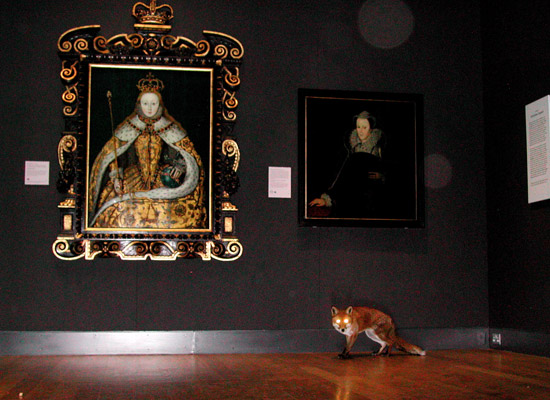
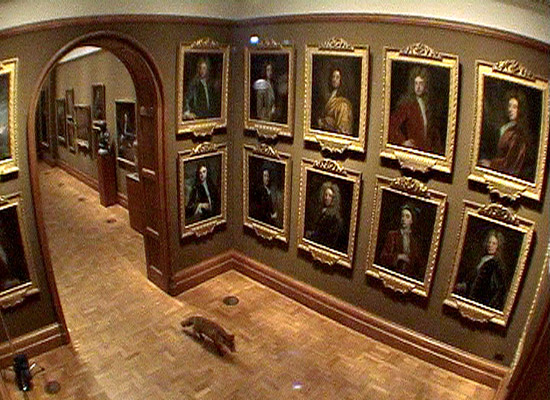
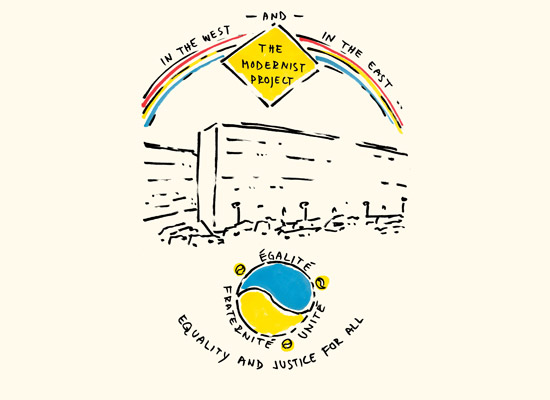
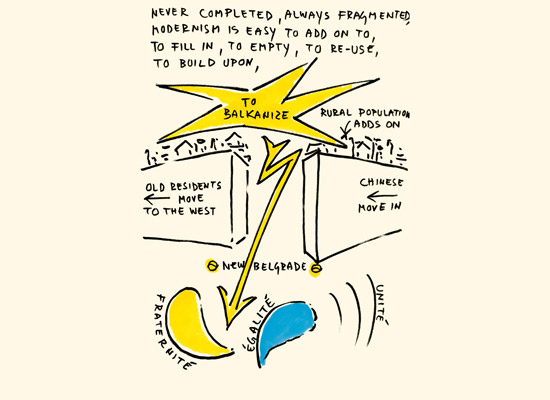
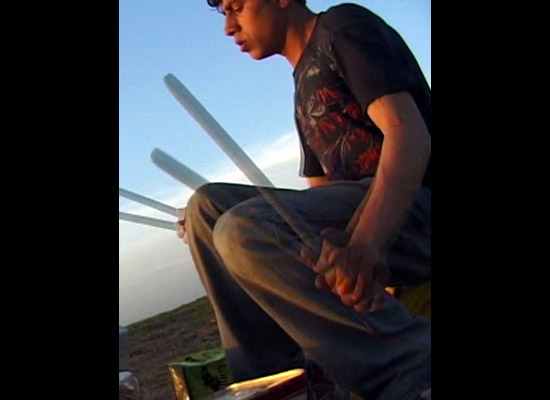
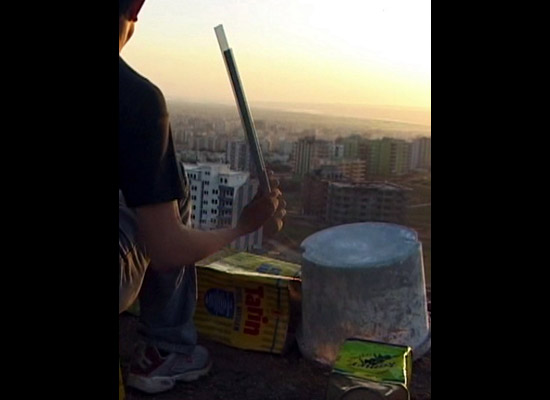
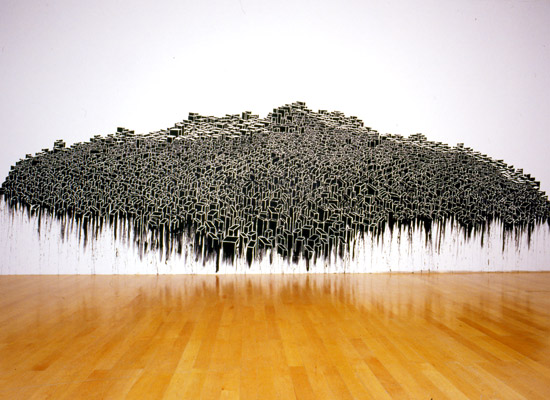
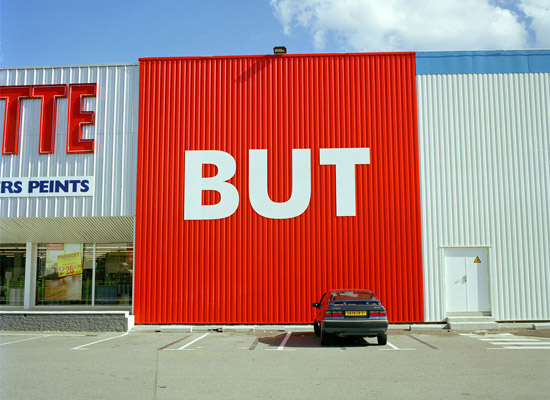
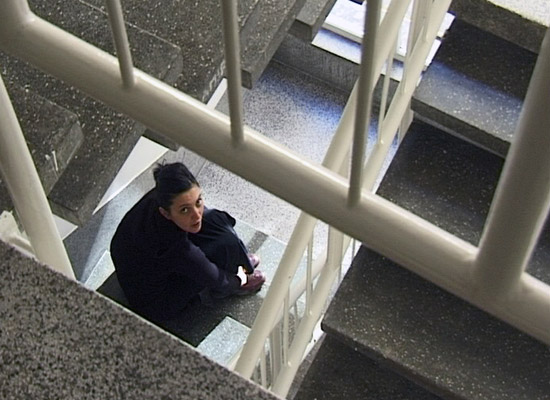
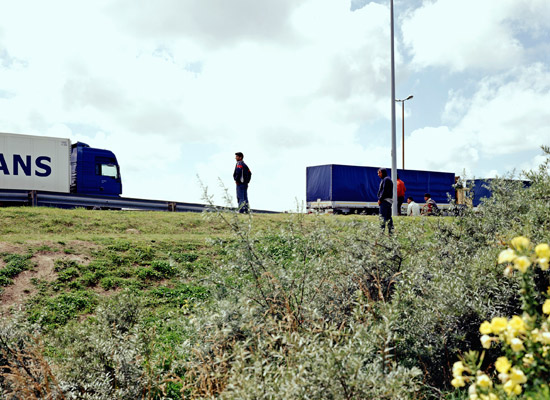
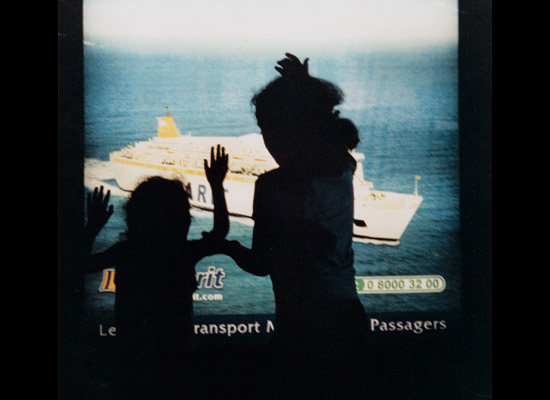
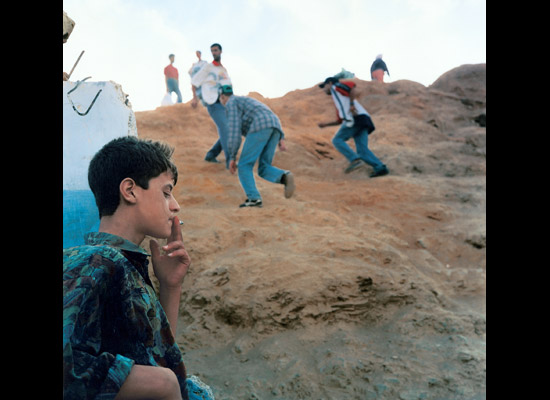
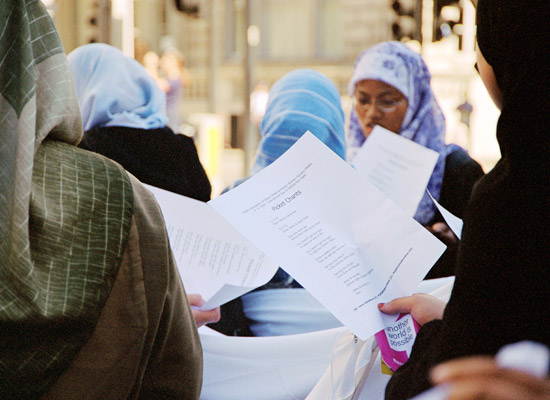
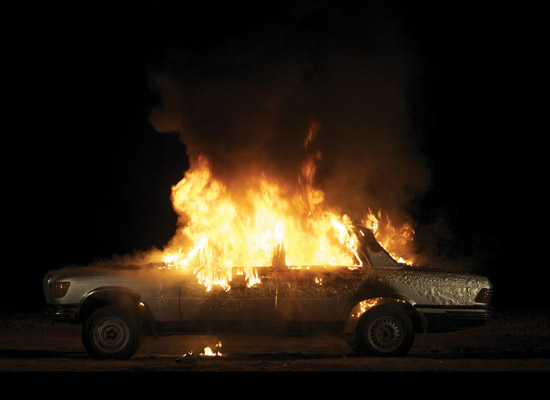
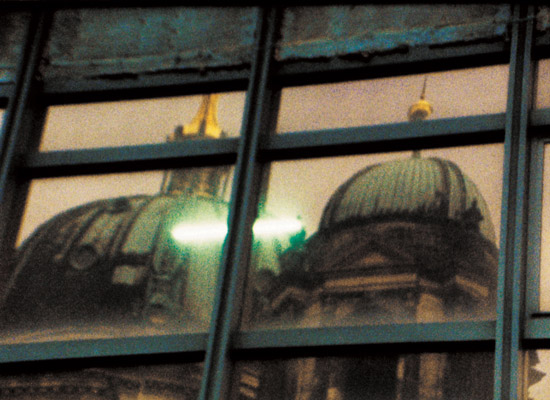
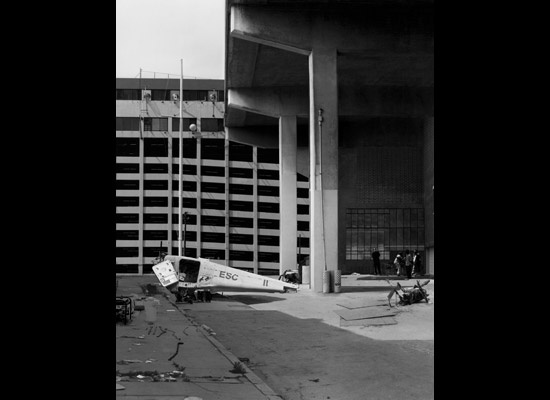
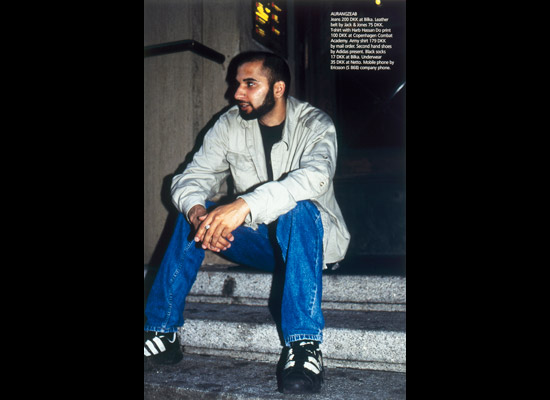
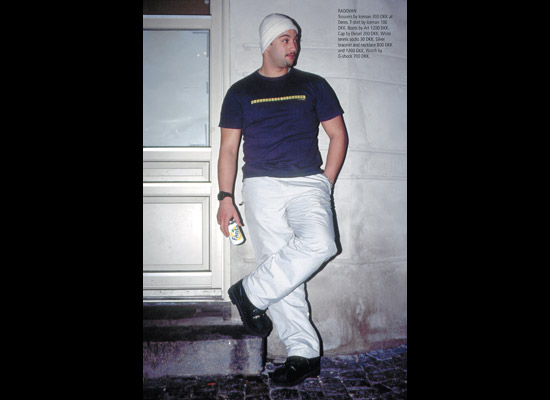
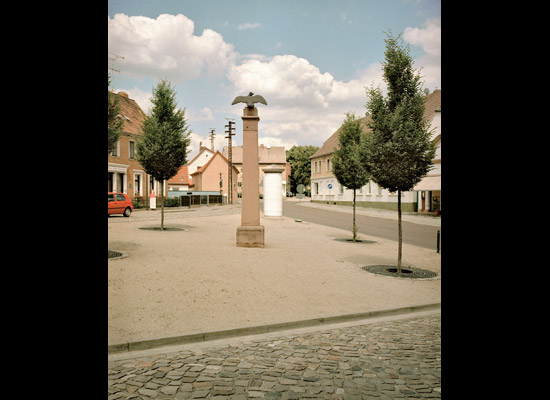
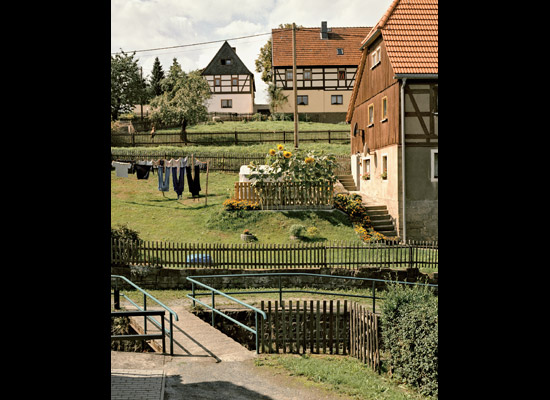
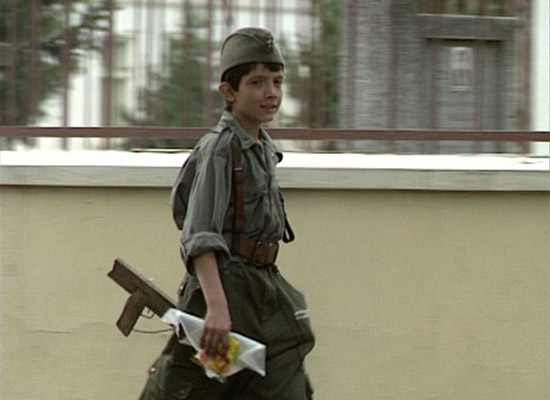
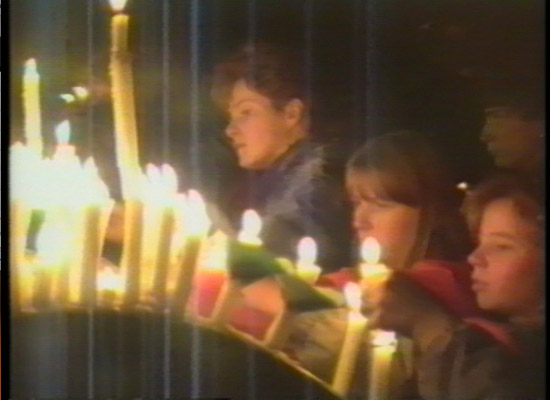
The past two decades in European history have been marked by the fall of the Berlin Wall and the unification of Europe—monumental events seen by many as symbolically heralding a new social and democratic vision. Project Europa: Imagining the (Im)Possible brings together 19 artists whose work, created in the aftermath of these historic events, considers the relationship of art to democracy and responds in various ways to the conflicts and contradictions of Europe's democratic dream.
Organized by the Harn Museum of Art at the University of Florida, Project Europa addresses the complex positioning of Europe in the modern world. While the continent embodies the notions of democracy, human rights, peace and diversity, it also reverberates with xenophobia, racism, religious intolerance, and—especially after the fall of the World Trade Center towers—heightened security and the hardening of immigration policies. Project Europa's artists are catalysts for new ways of seeing, thinking about and imagining Europe.
Columbia/Barnard art history professor Alexander Alberro emphasizes the timeliness and relevance of this exhibition for U.S. audiences. "The fall of the Berlin Wall, the attacks of 9/11, and the world's recent economic collapse bring the challenges and mutual destiny of Europe and the United States closer than ever," said Alberro. "With the current cultural, political and economic crises, it is all the more urgent to question the recent past, to examine our global impact, and to envision more clearly our commitment to a democratic society."
The artists included in the exhibition are Francis Alÿs, Fikret Atay, Kader Attia, Maja Bajević, Yto Barrada, Tacita Dean, Beate Gütschow, Jens Haaning, Susan Hefuna, Eva Leitolf, Aernout Mik, Marcel Odenbach, Dan Perjovschi, Marjetica Potrč, Andrea Robbins and Max Becher, Bruno Serralongue, Superflex and Lidwien Van de Ven.
Exhibition curator Kerry Oliver-Smith, curator of contemporary art at the Samuel P. Harn Museum of Art, notes that "the artists in the exhibition come from a rich variety of perspectives and cultural positions." The works selected use a variety of strategies and media—sculpture, painting, performance, photography, and film—to integrate the viewer in the creation of the aesthetic experience. Especially exciting are the residencies of artists Kader Attia and Dan Perjovschi, who have been commissioned to re-create large-scale paintings applied directly to the walls of the gallery.
Project Europa is accompanied by a scholarly catalogue published by the University of Florida and written by Kerry Oliver-Smith with contributions by Marius Babias, curator, art historian and director of the Neuer Berliner Kunstverein; and Boris Groys, professor of aesthetics, art history and media theory at the Center for Art and Media Technology, Karlsruhe, Germany.
Video of exhibition curator Kerry Oliver-Smith and artist Dan Perjovschi discussing Project Europa is available on the Columbia News website.
Events
Opening reception
Tuesday, January 18, 2011, 5–7 p.m.
Wallach Art Gallery
Project Europa: A Symposium
Friday, February 11, 2011,
1:30–5:30 p.m.
612 Schermerhorn Hall, Columbia University
Project Europa considers the relationship of art and artists to the promise of a "New Europe" that has followed the fall of the Eastern Bloc in the past two decades. Many artists have explored the conflicts and contradictions of Europe's democratic dream. As a site of ideological, economic, and cultural convergence, Europe is unique and serves as an important intermediary and global model. It occupies an uneasy but fertile space between socialist and capitalist systems, between Christian and Islamic cultures, and between the competing influences of Asia, Africa and the Americas.
This symposium will consider a range of issues, from Europe's democratic ambitions in relationship to the ultra-national and ideal aspirations of the past that still inform the present, to the barriers to democracy on the frontiers and city centers of the continent. Along the way we will consider what it means to be "European," the condition of the migrant and issues of inclusion and exclusion, individual agency and transnational identity. The symposium will also concentrate on the symbiotic relationship between those of the economy and the needs of security, looking at the effects of globalization, an escalation of violence, and the notion of perpetual war. Participants will also reflect on visions of the future, thinking about both the impossible and the possible.
Contemplating the conditions of Europe is particularly timely and relevant for U.S. audiences. The fall of the Berlin Wall, the attacks of 9/11, and the world's recent economic collapse bring the challenges and mutual destiny of Europe and the United States closer than ever. With the current cultural, political and economic crisis, it is all the more urgent to question the recent past, to examine our global impact, and to envision more clearly our commitment to a democratic society.
Schedule and speakers:
1:30 p.m. - Introduction
Alexander Alberro, Professor, Columbia/Barnard1:45 p.m. - Former West: A Proposition
Maria Hlavajova, Director, BAK (Basis voor actuele kunst), Utrecht, Netherlands2:30 p.m. - Democracy and Demographics
Tim Griffin, Artforum International, New York3:15 p.m. - Euro-Vandalism
Diedrich Diedrichsen, Professor, Academy of Fine Arts, Vienna, Austria4 p.m. - Projects as Social Space in the 1990s
Claire Bishop, Associate Professor, City University of New York Graduate Center, New York4:45 p.m. - European Dreams
T.J. Demos, Lecturer, Department of History of Art, University College London, England
Professor Alexander Alberro will serve as moderator. The event is free and open to the public.
Gallery talk with exhibition curator Kerry Oliver Smith
Saturday, February 12, 2011,
12 p.m.
Wallach Art Gallery
Supplementary Materials
The exhibition is organized by the Samuel P. Harn Museum of Art and made possible by the Andy Warhol Foundation for the Visual Arts; the C. Frederick and Aase B. Thompson Foundation; Étant donnés, the French-American Fund for Contemporary Art, a program of the French-American Cultural Exchange; University of Florida Student Government; the John Early Publication endowment; the Sidney Knight Endowment; and the Harn Program Endowment.


